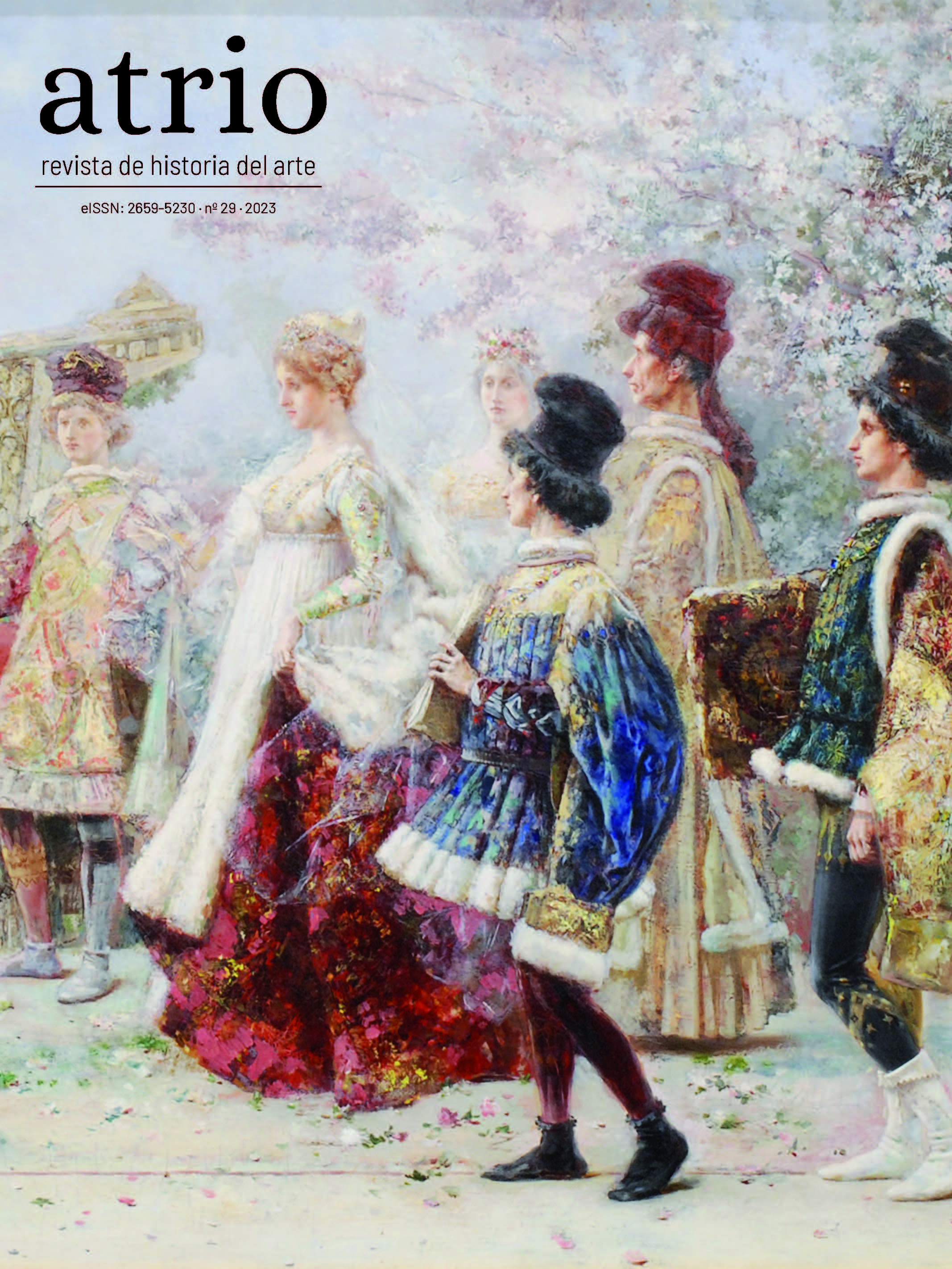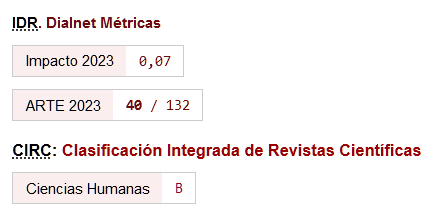Memento Mori. Urban Space and Funerary Commemoration in the Cemeteries by Willem Dudok, Jože Plečnik, and Francisco Salamone in Hilversum, Ljubljana, and Azul
DOI:
https://doi.org/10.46661/atrio.8157Keywords:
Cemetery, Garden-City, Funerary-Architecture, Dudok, Plečnik, SalamoneAbstract
In the 18th century, the new hygienist policies separated cemeteries from the church, expelling them out of the urban realm. At the beginning of the 20th century, the functional city as defined at the CIAM conferences pleaded for zoning, while ignoring commemoration. However, in the 1930s, a series of funerary proposals by architects working in medium-sized towns gave them the chance to elaborate a closer relationship between the city and its cemetery. This article aims at comparing the designs by Jože Plečnik in Ljubljana, Slovenia, by Willem Dudok in Hilversum, The Netherlands, and Francisco Salamone in Azul, Argentina, in order to analyze how their cemeteries were the starting point to foster a closer link with the urban realm and to confer those towns with a new identity.
Downloads
References
Fuentes documentales:
Vrt Arhitehturni Muzej de Liubliana.
Streekarchief voor het Gooi en de Vechtstreek, Hilversum.
Fuentes bibliográficas:
Andrej Hrausky, Janez Koželj, y Damjan Prelovšek, Plečnik’s Ljubljana. An Architectural Guide. Liubliana: Dessa, 1997.
Agüero Mielhuerry, Eduardo. “Reseña histórica de Azul.” Hemeroteca Juan Miguel Oyaharte, Biblioteca Popular Bartolomé J. Ronco. Consultado el 18 de agosto de 2023. https://www.hemerotecadeazul.com.ar/index/articulo/id/145.
Béjar, María Dolores. “El gobierno de Manuel Fresco. Entre la justicia social y el fraude patriótico.” Cuadernos del CISH, no. 2-3 (1997): 79-124.
Etlin, Richard. The Architecture of Death. The Transformation of the Cemetery in Eighteenth-Century Paris. Cambridge, Massachusetts: MIT Press, 1984.
Gravagnuolo, Benedetto. Historia del urbanismo en Europa (1750-1960). Madrid: Akal, 1998.
Hrausky, Andrej, Janez Koželj, y Damjan Prelovšek. Plečnik’s Ljubljana. An Architectural Guide. Liubliana: Dessa, 1997.
Longoni, René, y Juan Carlos Moltoni. Francisco Salamone. Buenos Aires: ARQ Diario de Arquitectura Clarín, 2014.
Liernur, Jorge Francisco, y Pablo Psechepiurca. La red austral. Obras y proyectos de Le Corbusier y sus discípulos en la Argentina, 1924-1965. Buenos Aires: Universidad Nacional de Quilmes, 2008.
Magnée, Robert M. H. Willlem Marinus Dudok. Amsterdam: G. Van Saane, 1954.
Mugueta, Miguel, y Marcela Guerci. “Recursos, poder y representación popular en un espacio sin escrituras.” Gazeta de Antropología 26, no. 1 (2010): 1-11. https://doi.org/10.30827/Digibug.6796.
Mumford, Eric. The CIAM Discourse on Urbanism, 1928-1960. Cambridge, Massachusetts: MIT Press, 2000.
Mumford, Lewis. “The Death of the Monument.” En Circle: International Survey of Constructive Art (London: Faber and Faber, 1937), 263‐270.
Novakovsky, Alejandro, Felicidad Paris, y Silvia Roma. Francisco Salamone en la provincia de Buenos Aires: Reconocimiento patrimonial de su obra. Tandil: Grafikart, 2001.
Prelovšek, Damjan. Jože Plečnik 1872-1957: Architectura Perennis. New Haven, Connecticut: Yale University Press, 1997.
Ramos, Jorge. “Alejandro Bustillo: de la Hélade a la Pampa.” En Seminario de Crítica del IAA FADU UBA, abril 1993, s. p.
Rocca, Augusto. Historia de la arquitectura de Azul: la estética señorial de una ciudad de las pampas. Azul: Editorial Azul, 2014.
Rodríguez, Enrique C. “La muerte y sus circunstancias.” Hemeroteca Juan Miguel Oyaharte, Biblioteca Popular Bartolomé J. Ronco. Consultado el 18 de agosto de 2023. https://www.hemerotecadeazul.com.ar/index/articulo/id/63.
Ruffa, Juan Ignacio. Francisco Salamone: cine y eugenesia en la obra pública bonaerense. Buenos Aires: Sociedad de Arquitectos, 2013.
Sarramone, Alberto. Historia del antiguo pago de Azul. Azul: Editorial Biblos, 1997.
Van Bergeijk, Herman. Willem Marinus Dudok. Architect-stedebouwkundige 1884-1974. Naarden: V+K Publishing, 1995.
Published
How to Cite
Issue
Section
License
Copyright (c) 2023 Marta García Carbonero

This work is licensed under a Creative Commons Attribution-NonCommercial-ShareAlike 4.0 International License.
Los autores/as que publican en Atrio. Revista de historia del arte están de acuerdo con los siguientes términos:
- Los autores/as conservan los derechos de autor y garantizan a la revista el derecho de ser la primera publicación del trabajo al igual que licenciado bajo una licencia de Creative Commons Attribution-NonCommercial-ShareAlike 4.0 International License que permite a otros compartir el trabajo con un reconocimiento de la autoría de este y la publicación inicial en esta revista.
- El autor/a o cedente del material que se entrega para su publicación autoriza a la revista para que publique, sin obligación alguna (económica o de otra naturaleza), el contenido del referido manual tanto en formato papel, como en digital, así como en cualquier otro medio. Esta cesión de uso del material entregado comprende todos los derechos necesarios para la publicación del material en la revista. Quedan garantizados, simultáneamente, los derechos morales del autor
- El autor/a o cedente es plenamente consciente y está de acuerdo con que todos o cualesquiera de los contenidos proporcionados, formarán una obra cuyo uso se cede a la revista para su publicación total o parcial.
- El autor/a o cedente garantiza ser el titular de los derechos de Propiedad Intelectual sobre los contenidos proporcionados, es decir, sobre el propio texto e imágenes/fotografías/obras fotográficas que se incorporan en su artículo.
- El autor/a o cedente asegura y garantiza: (i) que todo el material enviado a la revista cumple con las disposiciones legales aplicables; (ii) que la utilización de cualquier material protegido por derechos de autor y derechos personales en la concepción del material se encuentra regularizada; (iii) que obtuvo las licencias de derechos, permisos y autorizaciones necesarias para la ejecución del material, inclusive los derechos de imagen, si fueran aplicables; y (iv) que el material no viola derechos de terceros, incluyendo, sin limitarse a estos, los derechos de autor y derechos de las personas.
- El autor/a o cedente, exime a la revista de toda y cualquier responsabilidad con relación a la violación de derechos de autor, comprometiéndose a emplear todos sus esfuerzos para auxiliar a la revista en la defensa de cualquier acusación, medidas extrajudiciales y/o judiciales. Asimismo, asume el abono a la revista de cualquier cantidad o indemnización que esta tenga que abonar a terceros por el incumplimiento de estas obligaciones, ya sea por decisión judicial, arbitral y/o administrativa.













